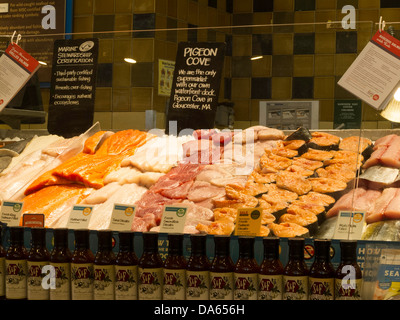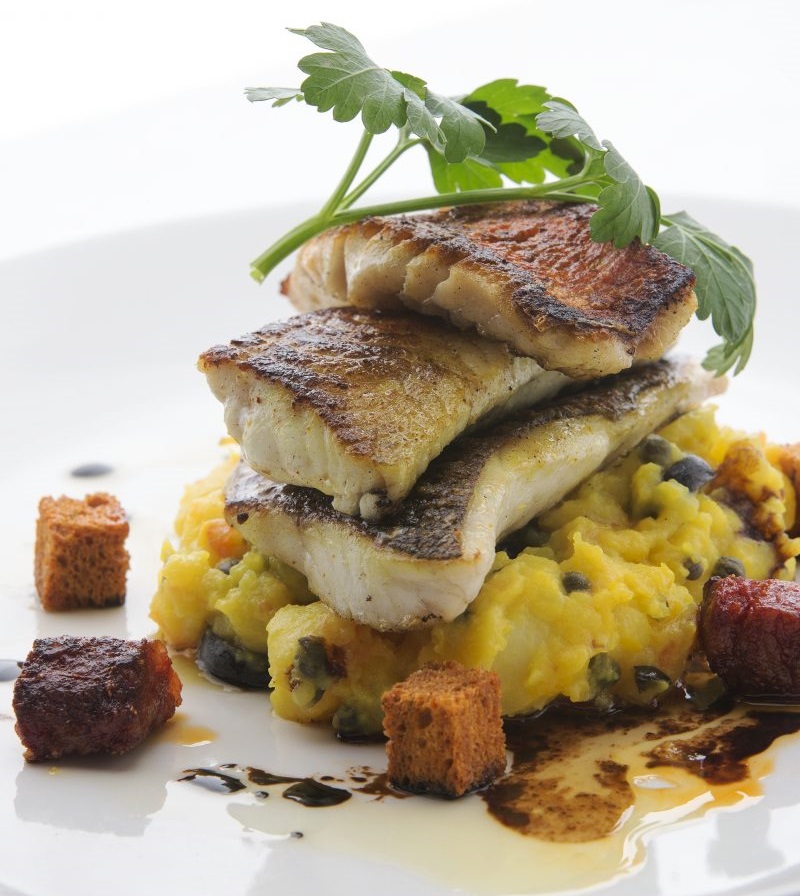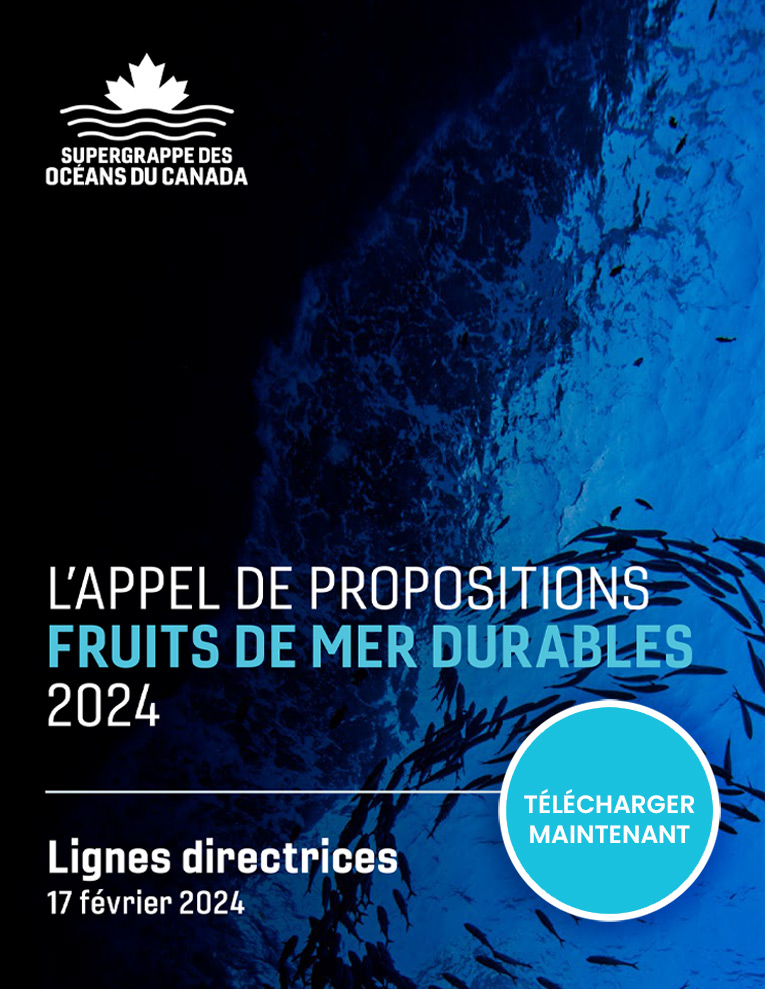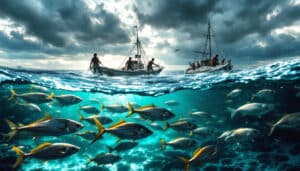Adopting sustainable consumption practices is essential to protect our oceans. By choosing sustainable seafood, not only do you support responsible fisheries, but you also help maintain fish stocks and preserve marine ecosystems. Here are some tips to help you make informed choices when it comes to seafood.

Preserving the oceans requires responsible consumption of seafood. By opting for sustainable seafood, you contribute to the protection of marine ecosystems while guaranteeing the sustainability of species. This article provides practical advice for choosing sustainable seafood, focusing on labels, fishing practices, recommended species, and seasonality of products.
Table of Contents
ToggleSustainability labels: a guide to making the right choices
When shopping, choose labeled seafood products MSC (Marine Stewardship Council) Or ASC (Aquaculture Stewardship Council). These labels certify that fish and seafood come from fisheries or farms that meet strict sustainability standards. By choosing certified products, you support sustainable fish stock management practices.
Opt for species with low impact on the ecosystem
Prefer smaller species with a rapid reproduction cycle such as the herring or theanchovy. Large predators such as swordfish, sharks or certain varieties of tuna are often overexploited and play a crucial role in the marine ecosystem. By choosing low-impact species, you help maintain an ecological balance.
Check fishing and farming practices
To ensure sustainable fishing practices, learn about the techniques used. Avoid fish caught by destructive methods such as bottom trawling which damages the seabed. Favor more respectful methods such as angling, purse seine or traps. For farmed seafood, ensure practices meet environmental standards.
Ask your fishmonger
When you put together your seafood platter, don’t hesitate to ask your fishmonger about the product quality, THE fishing place and the techniques used. A good fishmonger should be able to provide you with this information and advise you on the species to favor for sustainable consumption.
Adapt your choices to seasonality
Consulting a seasonal calendar can help you choose seafood products that are available at the right time. Eating fish out of season can contribute to overfishing and stock depletion. For example, oysters are usually eaten in months containing the letter “r” (September to April). Respecting seasonality helps preserve fish and shellfish populations.
Favor farmed shellfish
Types of shells such as oysters, THE mussels, THE clams and the scallops have a low impact on the environment when raised sustainably. Shellfish aquaculture filters water, contributing to water clarity and quality while lowering the risk of overfishing.
Know the legality and size of the fish
It is essential to check that the fish you are purchasing has been legally fished and that it is not too small or laden with eggs. This not only ensures product quality but also contributes to the sustainability of the species. Fish that are too young have not yet reproduced, endangering the regeneration of populations.










